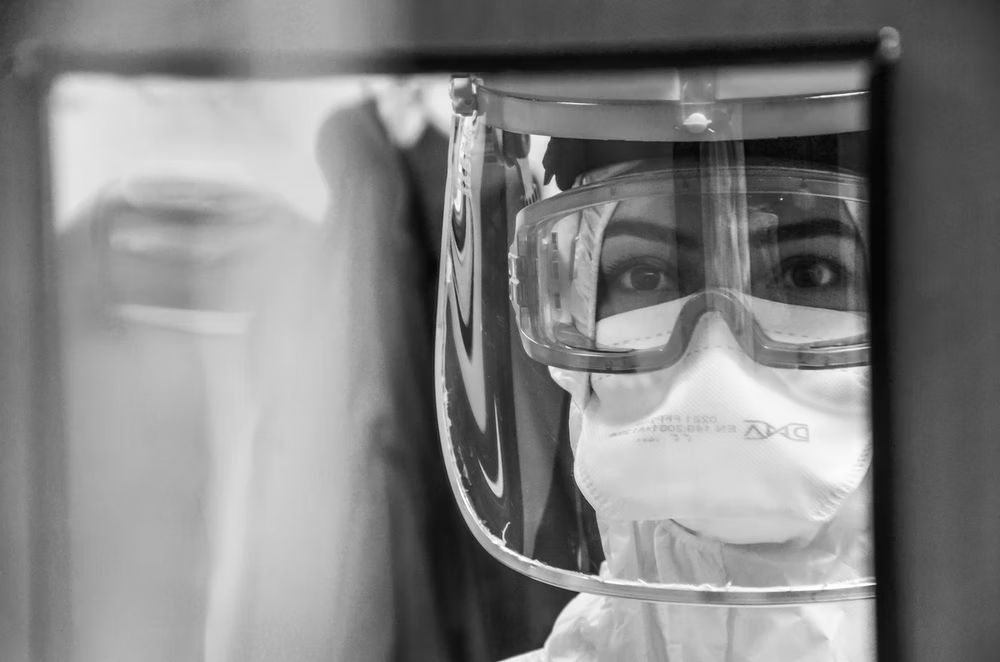Environmentally Sustainable Management of Used Personal Protective Equipment
Personal protective equipment (PPE) such as face masks, gloves, goggles, gowns, and aprons is used to protect individuals from exposure to pathogens and contaminants, traditionally in a hospital environment. However, the COVID-19 global pandemic necessitated that PPE is now widely used in domestic situations, leading to supply chain shortages and a rapid accumulation of potentially infectious PPE in domestic solid waste streams.
The unprecedented domestic demand for PPE in response to manufacturing, construction, oil and gas energy, transportation, firefighting, and food production. Since the COVID-19 outbreak, there has been increased production of plastic-based PPE. Between 2016 and 2020, the compound annual rate of increase in the global market for PPE was 6.5%, from approximately $40 billion to $58 billion. In contrast, 40% contrast, the World Health Organization projected that PPE supplies must increase by 40% monthly to effectively deal with the COVID-19 pandemic. The essential PPE includes an estimated 89 million medical masks, 76 million pairs of medical gloves, and 1.6 million pairs of goggles. The demand for PPE is not expected to decline substantially during the post-pandemic period eitherA key challenge is the sustainable management of the PPE.
To read the full article, click HERE.


